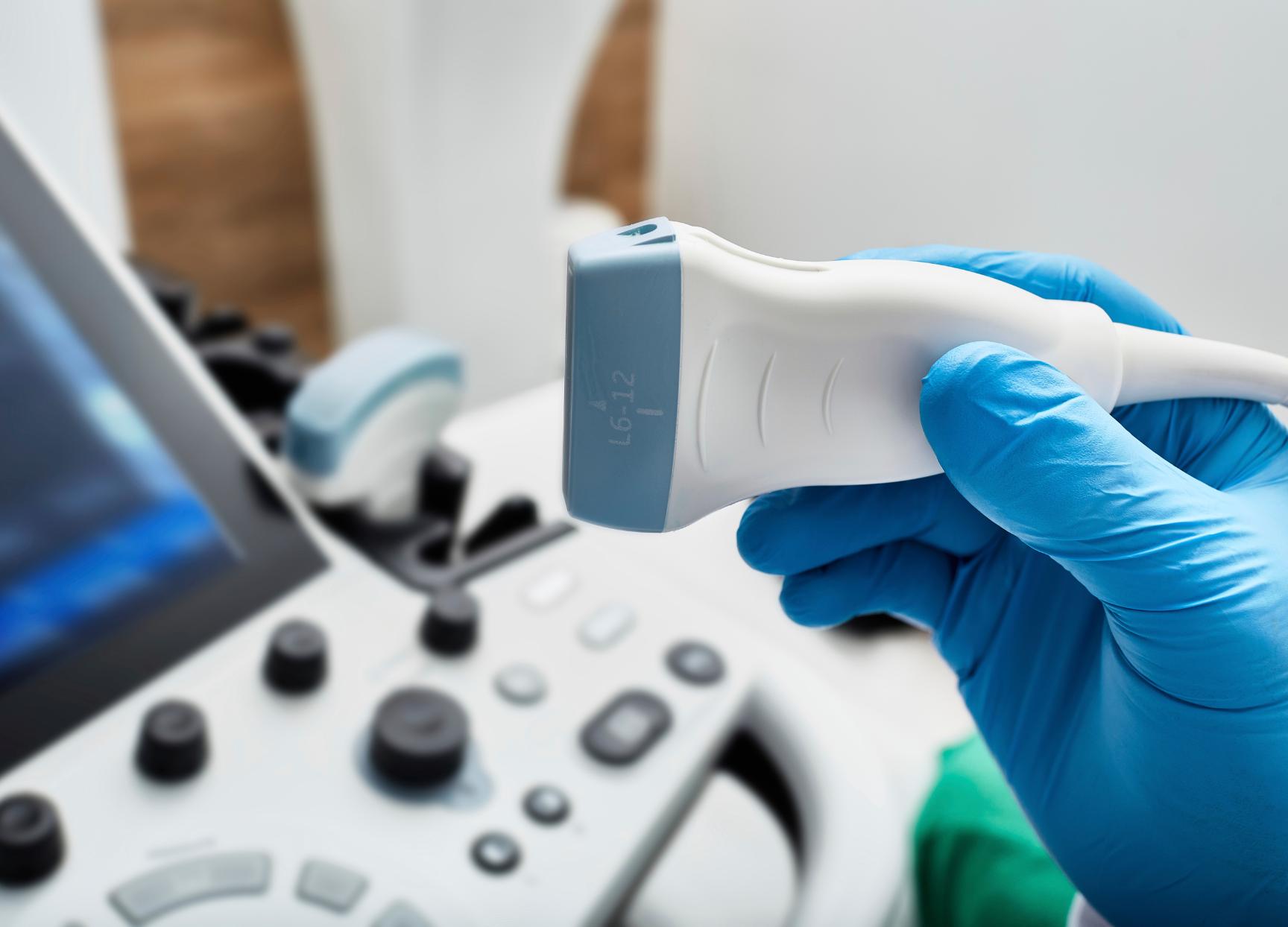Mr Neil Barber
Consultant Urological Surgeon
Specialist expertise: Men's Health, Urology, BPH Treatment and Surgery, Prostate Cancer Diagnostics, Penoscrotal Surgery and Robotic Kidney Surgery.
High-intensity focused ultrasound (HIFU) is a minimally invasive procedure used in the treatment of some types of tumours.

HIFU is a minimally invasive treatment that uses high-frequency sound waves to kill cancer cells. It’s most commonly used in the treatment of prostate cancer, but may also be used in the treatment of other cancers and also some non-cancerous (benign) conditions such as benign growths (fibroids) in the womb.
While HIFU is non-invasive and generally safer than some other kinds of treatments, it can’t be used to treat every type of tumour. For example, if a patient has prostate cancer, they would be an ideal candidate for HIFU if their cancer is early-stage, low-grade, has not spread and is visible on an MRI or ultrasound scan. However, if the cancer has spread or if the tumour is difficult to see with imaging tests, it’s unlikely HIFU is an appropriate treatment.
HIFU has been found to be effective in treating some types of cancerous and non-cancerous tumours in areas of the body including the:
Liver
Kidney
Pancreas
Bone
Breast
Oesophagus
Soft tissues
HIFU can also be used to treat conditions such as:
Uterine fibroids
Essential tremor
Metastatic bone growth pain
Thyroid nodules
You will usually have a general anaesthetic for HIFU treatment, but in some cases, a spinal anaesthetic (epidural) or sedation may be used instead.
HIFU treatment is delivered using a small device called an ultrasound probe, which emits sound waves in a strong beam to destroy targeted areas of cancer cells. This process is called ablation. Each application of the ultrasound beam lasts for a few seconds and destroys an area of tissue around the size of a grain of rice. This means it can take around two hours to treat the entire targeted area, the “ablation zone”.
There are different ways to have HIFU, and the way you receive treatment depends on where the cancer is in your body. For example, you will have HIFU through your back passage (rectum) to treat cancer in your pelvis and through your skin to treat cancer in your abdomen.
Before you undergo HIFU treatment, your consultant will talk you through how the procedure works and how it will be performed based on your specific case.
In most cases, your consultant will arrange for you to undergo an imaging test in the form of an MRI or ultrasound before the HIFU procedure to help them locate the exact area of tissue to be treated. Your consultant will instruct you on any other steps to follow before your procedure to ensure treatment goes well and is as effective as possible.
The possible side effects of HIFU treatment depend on which area of your body is being treated. Your consultant will talk you through what your recovery will look like and how you may feel after the treatment.
The risks associated with HIFU depend on the area of the body being treated. Before undergoing HIFU treatment your consultant will outline and explain all the possible risks.
Risks associated with HIFU treatment through your back passage include bleeding, pain, flu-like symptoms, infection and damage to the wall of the rectum, which can result in a hole developing.
HIFU treatment through the skin can cause a burn in the treatment area and some mild pain or discomfort. Bowel or bladder tissue may be damaged if they are in the treatment area, but the risk of this is very low.
Currently selected day
Available consultations
Introduction
Treatment
Typically between 60-90 minutes
Preparation
Risks
Bleeding, pain, flu-like symptoms, infection
Aftercare
Only lukewarm water on your skin for 24 hours af...
Recovery
Within 1-2 weeks
We have brought together a group of leading urology specialsits to create our Men's Health team. With over 300 years of combined experience, these expert clinicians are the best in their field and are all focused on delivering the very best patient care.